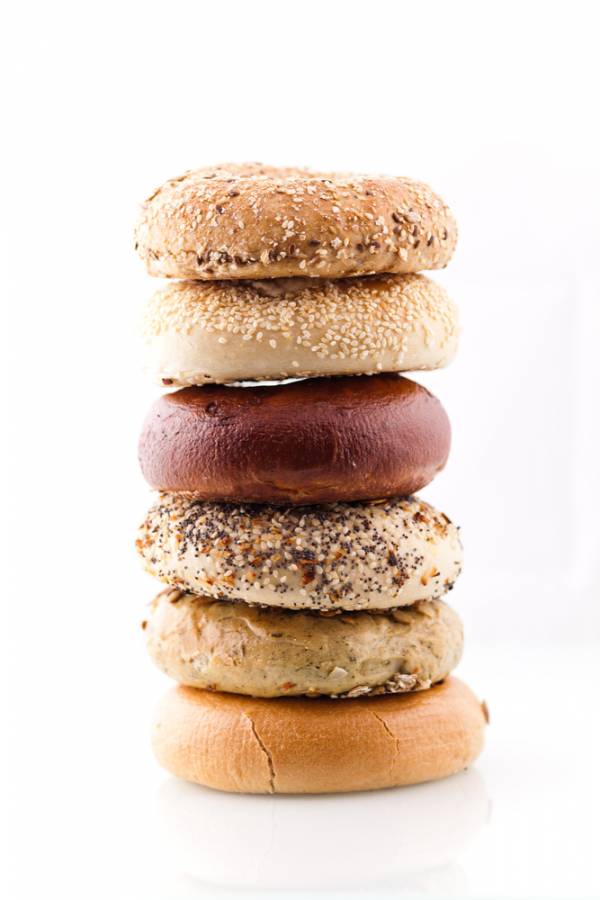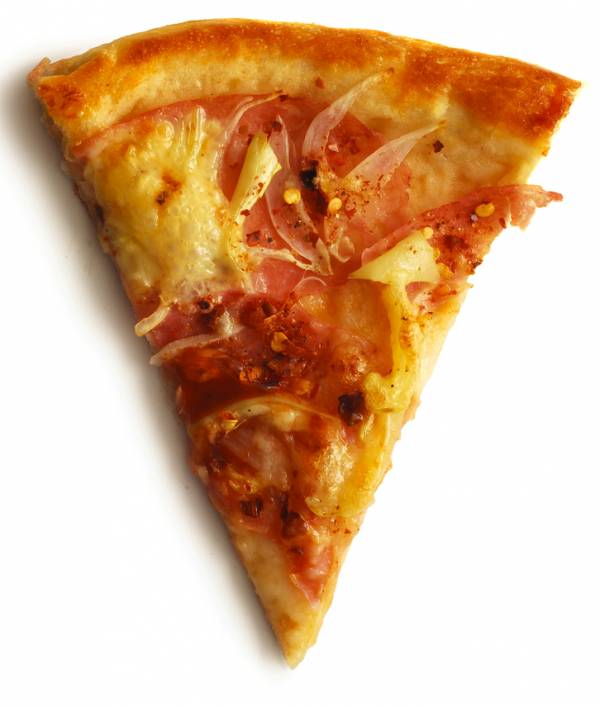IIFYM (If It Fits Your Macros) has been a hot-button item on the nutrition and bodybuilding scene for quite some time now. This approach means you can eat any foods you like, as long as it fits in your daily caloric budget and your daily macronutrient split (protein, carbohydrates, and fat). The gist of the idea is that if you eat oatmeal and whole wheat bread, the result (as far as body composition is concerned) is the same as if you were to eat the exact same amount of carbohydrates and fats from donuts, as long as calorie intake is equal and macronutrient targets are hit. According to this theory, gaining body fat is not about the types of foods you consume, rather the excess calories you are consuming.
Wrong Idea?
I am not saying that you should go to McDonald’s and slam three Big Macs and a silo of soda just because it fits your daily macros. Obviously, it’s better to plan your diet around good, micronutrient-rich healthy foods. However, if you need to have that pint of ice cream or something else you have been craving, you may fit that into your daily macronutrients and not have it negatively affect your body composition.
But, what about the glycemic index (GI), dummy?
GI is absolutely irrelevant when it comes to body composition due to the metabolic equation, which is similar to the law of thermodynamics. There are always going to be insulin spikes, no matter what you eat. What is important is your total caloric content during the day. Your body will use the energy it needs, regardless of where it has to get the energy. Low GI or high GI, it does not matter.
I would add, for those athletes on performance enhancing drugs, there may be a small positive effect to eating lower glycemic foods and eating on a schedule, as hormone levels may be fluctuating much more. As such there may be added benefit depending on what “supplements” are being taken, but that’s not really relevant for most of us.
The Truth About Carbs
 “Carbohydrate” is nothing more than a dressed-up name for sugar. I’ve said this time and time again – the end results of a bagel, a Pixy Stick, and a baked potato are essentially the same. The body will break them down into glucose.
“Carbohydrate” is nothing more than a dressed-up name for sugar. I’ve said this time and time again – the end results of a bagel, a Pixy Stick, and a baked potato are essentially the same. The body will break them down into glucose.
The body needs readily available sources of energy like glucose and carbs, otherwise your body will tap into your muscle tissue. Anaerobic exercise (like weight training) uses almost exclusively glucose for energy, through the process of glycolysis. Carbohydrates, fatty tissues, and dietary fats all have great protein sparing effects, which is important in conserving muscle tissue.
The bottom line is, in the event of a calorie surplus (after carbs are converted to glucose), whatever is not used to fuel bodily functions is shuttled into fat stores. Unused carbohydrates (and other macronutrients, for that matter) will make you gain body fat. Our primary goal with carbohydrates is to provide enough energy for the body, but no more.
Carb Cycling
Carb cycling is a strategy employed by many athletes trying to lose body fat. This involves following a plan that would be three to four low carb days, followed by one high carb day. The low carb days will create both a carbohydrate deficit and a calorie deficit (typically) that will help burn excess body fat. The high carb day will “fool” your body into thinking you are not dieting anymore, and some of those hormones that we need to burn fat will start to rise again. One of the reasons I believe this works is that your body likes homeostasis, and you are constantly changing a large variable here, leaving your body reacting in order to seek equilibrium.
Another good reason to have a high carb day is to replenish muscle glycogen. This is important to have as a direct source of energy for our workouts. I would recommend not going any lower than 100 grams of carbohydrates on low days, as we would like to avoid ketosis. With this kind of diet, you can plan on seeing some big results, and be able to really take a day to relax with more carbs.
Back To IIFYM
There is no such thing as eating “clean” foods or “bad” foods (again, as far as body composition is concerned, not overall health). Body composition is regulated by macronutrient targets and calorie requirements, and you can fill those with foods of your preference.
For example the following two meals are roughly equal:
 600 calories, 30 grams carbohydrates, 40 grams protein, and 25 grams fat derived from 8oz chicken breast, 8oz broccoli, 8oz white rice, and 2 tsp Smart Balance butter.
600 calories, 30 grams carbohydrates, 40 grams protein, and 25 grams fat derived from 8oz chicken breast, 8oz broccoli, 8oz white rice, and 2 tsp Smart Balance butter.- 600 calories, 40 grams carbohydrates, 30 grams protein, and 20 grams fat derived from 3 slices of Papa John’s chicken Alfredo pizza.
Now, for myself personally, to cut from where I am now to 7% body fat, my macronutrient breakdown is something like 250 grams protein, 230 grams carbohydrates, and 80 grams of fat. I can meet these numbers by eating traditionally “clean” foods for the most part. If I choose to meet them by eating pizza and a dish of ice cream or drinking a Coke, I may not feel quite as well, but it will make no difference in body composition.
Summary
When it comes to body composition, IIFYM is a great slogan to live by. Understanding the truth about carbohydrates and macronutrients can make all the difference between you giving up on your workout, diet or exercise regimen solely because you “gave in” to something greasy and continuing onward and upward toward obtaining your fitness goals.
Photos courtesy of Shutterstock.






